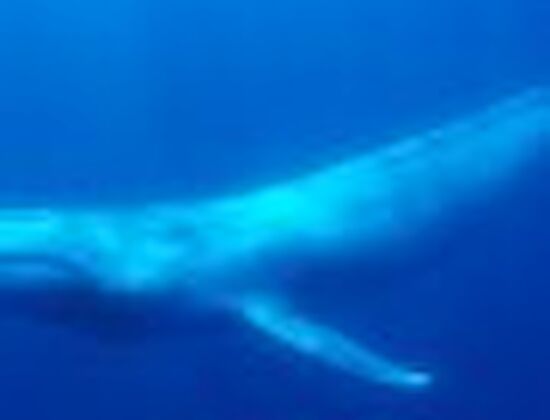The Antarctic Blue Whale Voyage gets ready to go
The whales of the Southern Ocean have taken some big hits. In particular, the Antarctic blue whale, largest animal ever on the planet, was targeted during the industrial whaling era. As they were especially lucrative, about one third of a million Antarctic blue whales were slaughtered.
We are on our way to the ice-edge to survey the population, to determine if they are recovering from their current status of 'critically endangered'. We are an international team on an Australian voyage, using the latest non-lethal methods to research the whales. As part of the Southern Ocean Research Partnership of the International Whaling Commission, we will collect data and tiny samples from the whales.
One of our biggest problems is finding the rare Antarctic blue whale, but they are noisy animals so we will listen for their songs using special passive acoustics techniques. Once located, we will approach a whale in an inflatable boat for closer inspection. Our mark-recapture statistical methods require identification of individual animals to build sightings histories over several years. We do this with two methods - photographs of their mottled flanks and genetics from small tissue samples.
As we approach the first icebergs on our way south, our lookouts are poised to yell 'Thar she blows!' as in the old whaling days. However, we have a completely different motivation today; our aim is to collect scientific information to assist in the conservation of this iconic animal.



